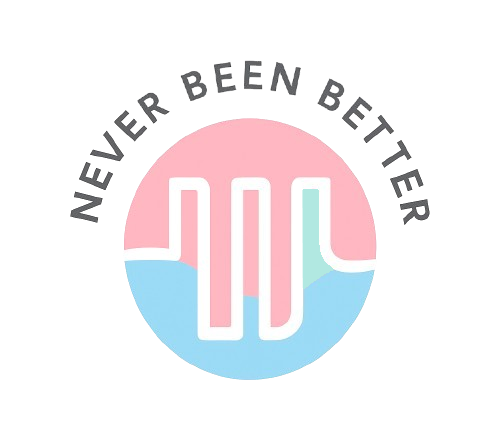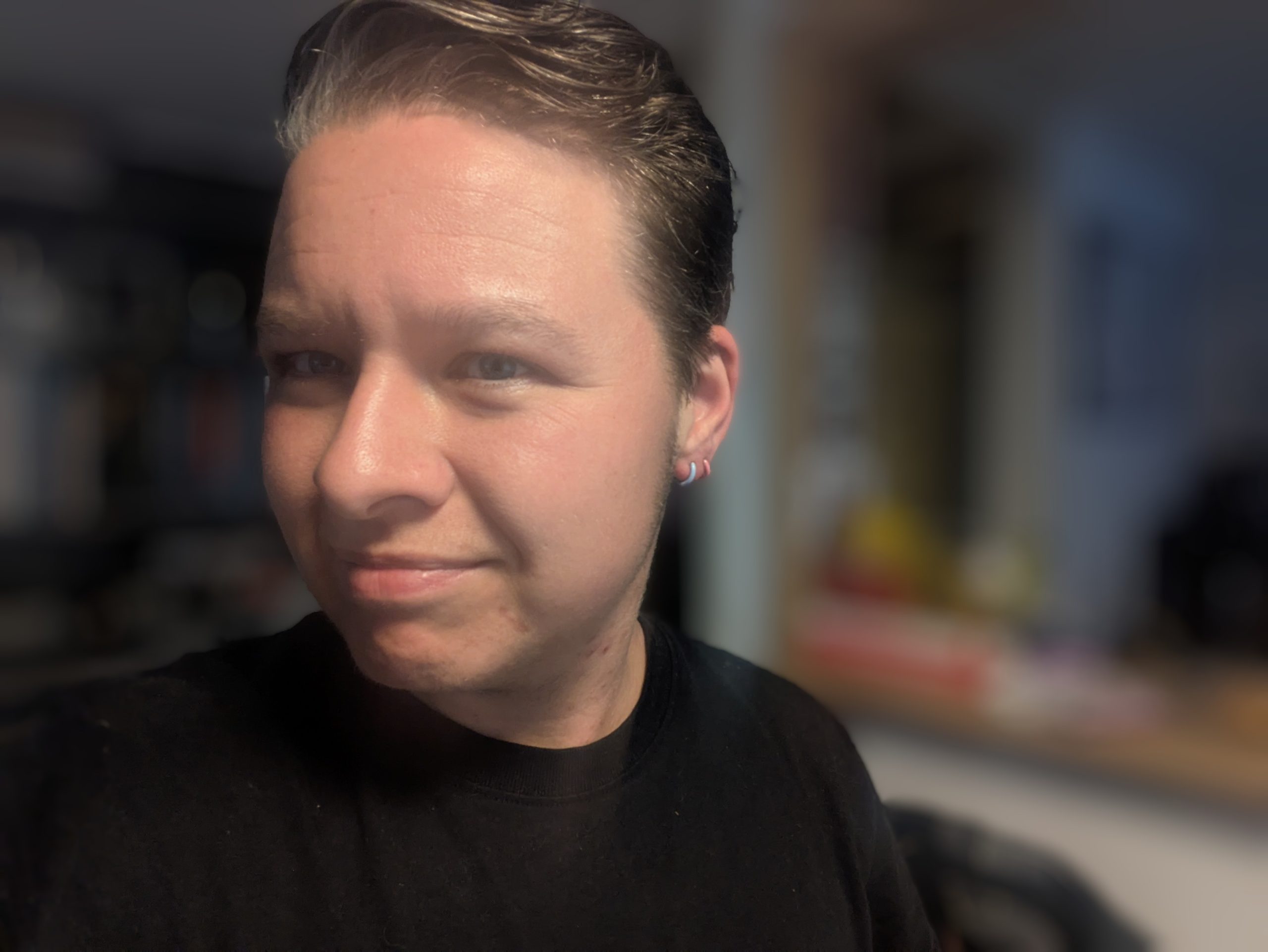That transitioning would be a personal journey was something I knew from the start. What I didn’t anticipate was how profoundly it would reshape my worldview. In hindsight, it makes sense. People’s experiences in society differ greatly because of rigid gender roles. You always hear people say that expectations and social interactions vary widely between genders. The tricky part is—you don’t know any better until you experience it yourself.
The beauty of transitioning is that you do know. The differences between positions on the gender spectrum suddenly become crystal clear. The binary way society frames gender is rigid and limiting. I’ve seen it now, and it would diminish my lived experience if I were to identify simply as a man. I don’t share the experiences of a cis man; I’ve seen more than one side of the spectrum. In fact, I’ve moved across it, inhabiting many different places along the way.
A man, a woman, a human being—none of these identities are one-dimensional. They cannot be captured in a handful of traits. They are the sum of everything you are, and at the same time, only a small part of your existence.
Theory and practice
Any character trait can belong to any person. We’ve just grown used to categorizing people according to (outdated) stereotypes. Of course, there are biological and psychological differences between individuals. But on paper, those differences often seem greater than they actually are in practice.
Transitioning medically doesn’t instantly switch your social role from (in my case) woman to man. And yet, the speed at which I went from being addressed as a woman in public to being addressed as a man everywhere cannot be explained by biology alone. To me, it feels like we’re all just following what we’ve been taught.
By transitioning, I learned to experience what I already knew in theory: gender is not binary. What we call “male” and “female” traits exist on a spectrum, with a large overlap of mostly gender-neutral qualities. I also learned that there’s a difference between the gender you feel and the way you express it. What you show the world doesn’t always perfectly align with what you feel inside. Just as your expression can shift depending on the moment or situation, your inner experience can differ from what is shown on the outside.
To me, gender—at its core a sense of identity—is something you experience internally, as a feeling. I don’t think it has to be static; experiences and knowledge can shape it. But that doesn’t make it a choice. Gender expression, on the other hand, does feel like a choice: deciding how to position yourself in relation to your gender and society, whether privately or socially. You can express yourself differently at different times, and it doesn’t always need to line up with your inner sense. What matters is feeling aligned with yourself—or with your surroundings—in that particular moment.
The world around me
My view of the world has changed drastically through transitioning, but the lens I use to look at it has stayed the same. I was, and still am, myself. The difference is that now I finally am able express myself in line with how I feel. By resolving the imbalance between body and mind, I can, for the first time, focus outward.
This has given me more space in my own existence and has added depth to how I experience others. Once you realize that nothing is as fixed as we were taught, an entire world of possibilities opens up—for yourself and for everything around you.
The further I move along in my transition, the easier it becomes to let go of the so-called “end goal.” What does it even mean to “become a man”? I don’t think anyone has a clear answer—there are as many definitions as there are people. I believe I get to decide what it means for me. That shift allows me to focus less on conforming to predefined roles and more on living in a way that feels right to me.
Visibility
Sometimes I think it’s a pity that medical transition works so well that, eventually, your visible identity as a trans person can disappear. Slowly, you blend back into the mainstream, and in the eyes of others, the enriching experience of being trans seems to vanish.
The thought of losing that visible trans identity is something I think about sometimes. Then I often wonder how I can, in subtle ways, let it shine through when I want it to. I want my gender expression to reflect that I am a transman, and in doing so, rely less on the rigid roles assigned to cis men. This gives me a sense of freedom and authenticity.
Beyond my personal identity, I also believe that representation for the queer community is deeply important right now. It’s about more than gender or sexuality—it’s about being able to express who you are without being diminished for it. That’s something I would wish for everyone, and I think visibility plays a crucial role in making that possible.
Paths
So yes, I identify as a transman. The world may see me and know where I come from. Growing up and living as a woman doesn’t need to be erased from my identity, just as the existence of trans people shouldn’t be erased from society.
There’s enough space for everyone to walk their own path, make their own choices, and still live together in the same world.
Here I walk. Where are you walking?
Discover more from Never been better
Subscribe to get the latest posts sent to your email.




Be the first to share your story!